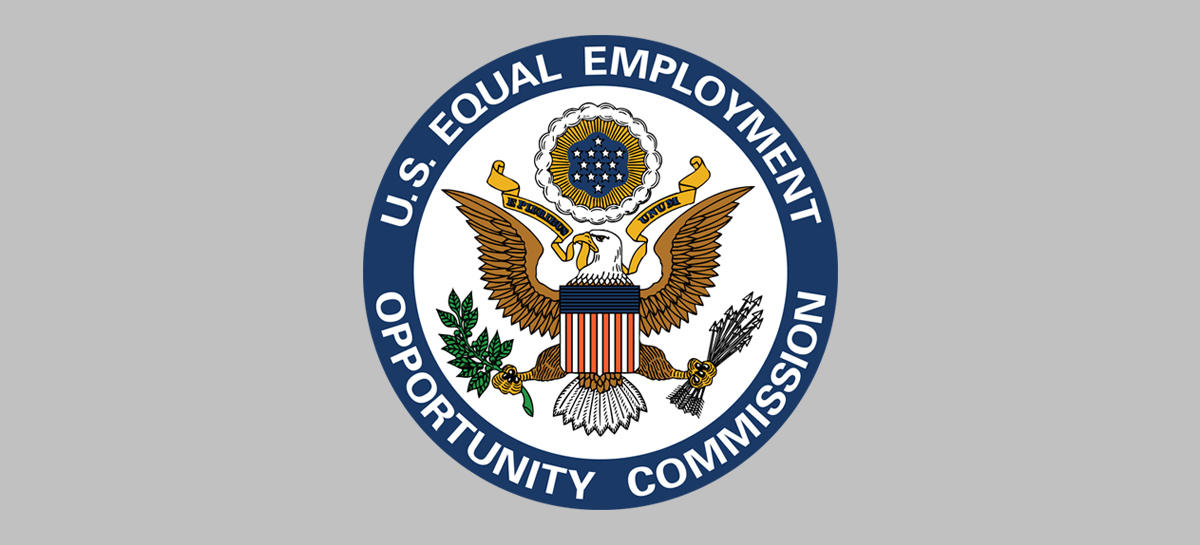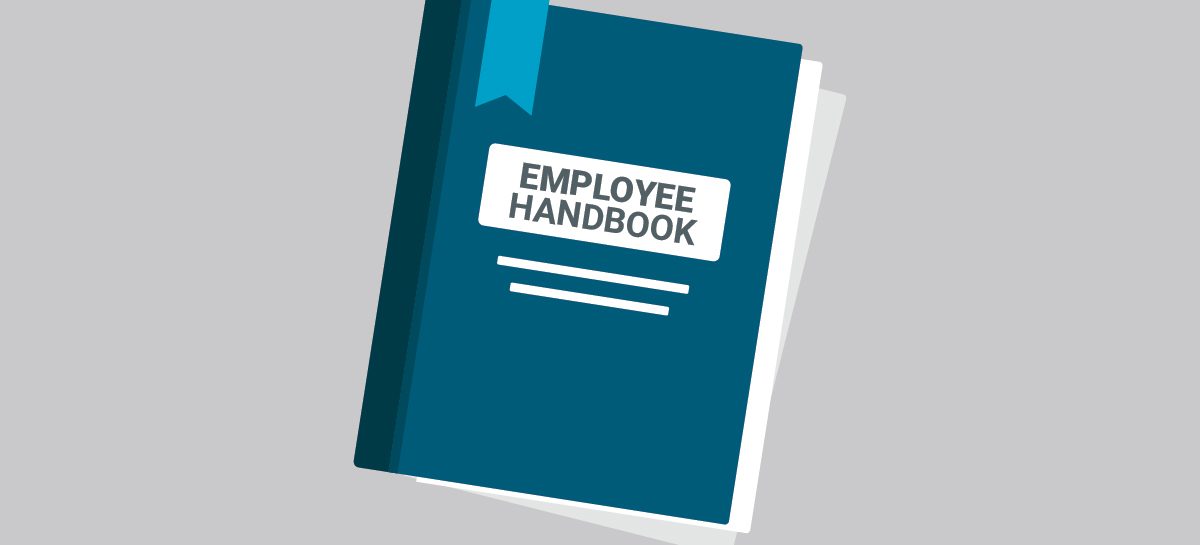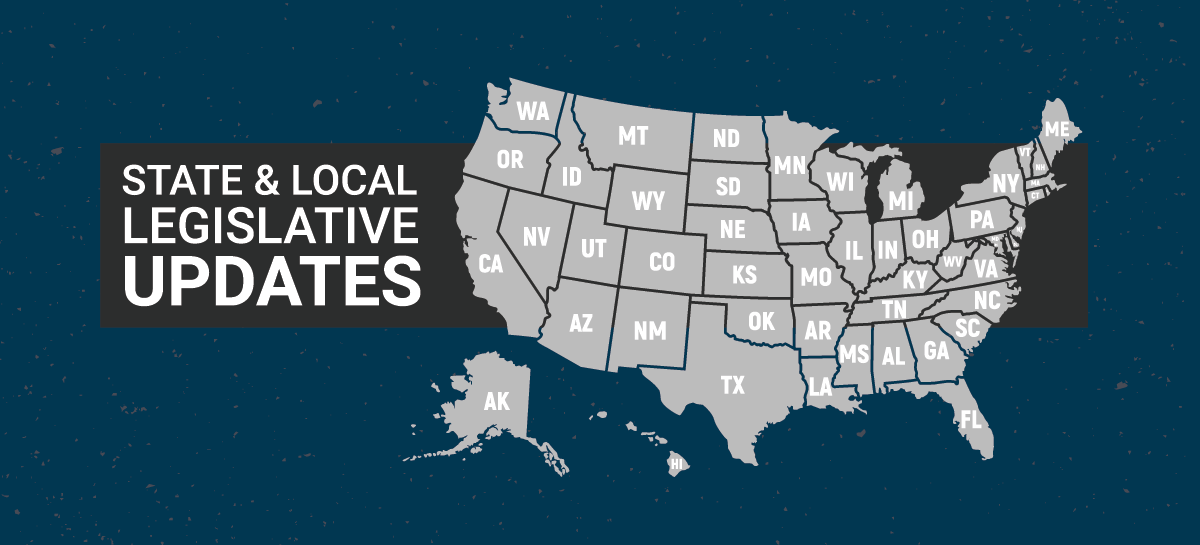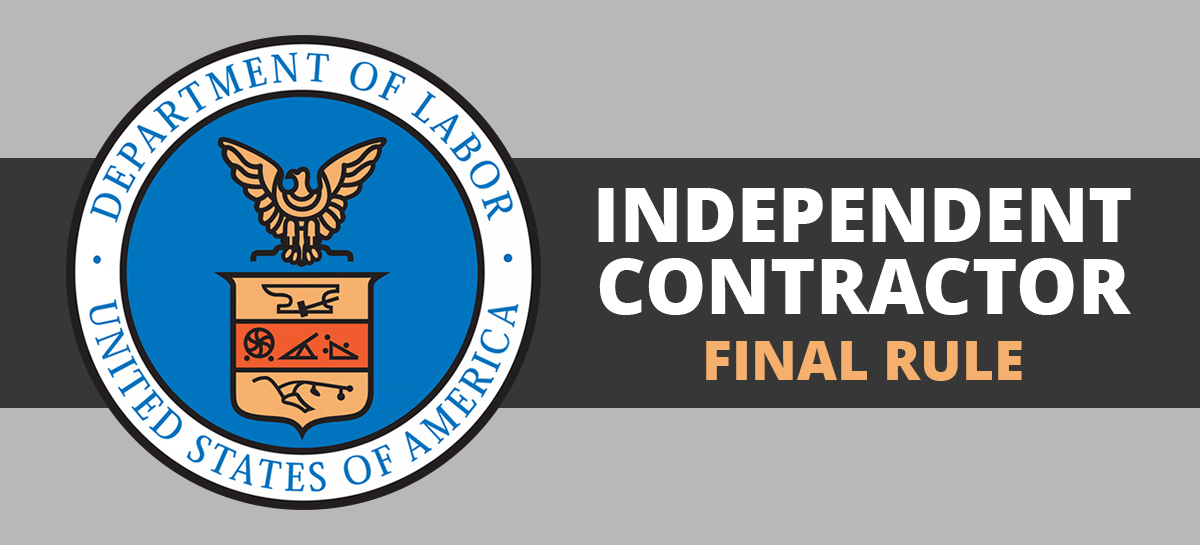
Responding to an EEOC Charge of Discrimination – The U.S. Equal Employment Opportunity Commission (EEOC) is a federal agency responsible for enforcing federal employment discrimination laws. It has the authority to investigate and resolve discrimination complaints filed by individuals against employers covered by the laws it enforces. Responding to an EEOC charge of discrimination can be complex and time-consuming, requiring employers to expend valuable resources even when they haven’t violated the law. Given the challenges and risks involved, it’s vital that employers understand how to respond to an EEOC charge effectively.
Access our new checklist here: Responding to an EEOC Charge of Discrimination
Continue reading







